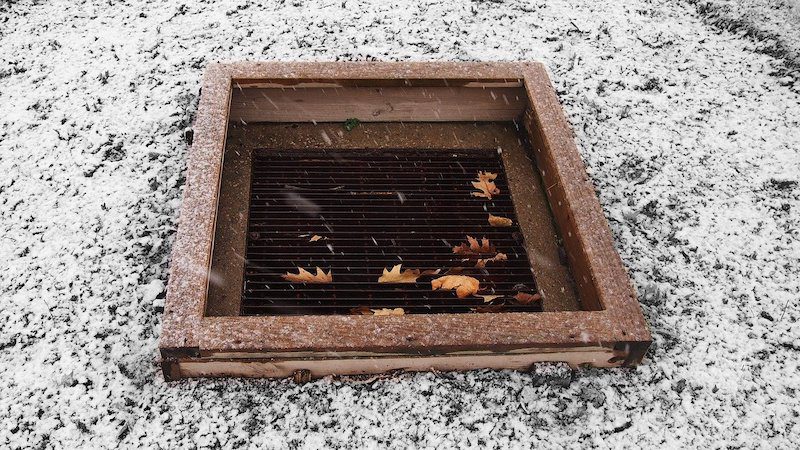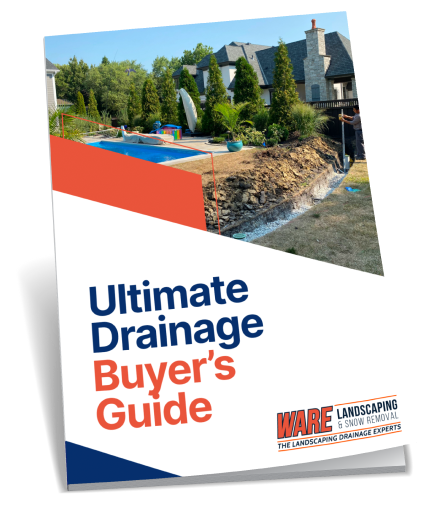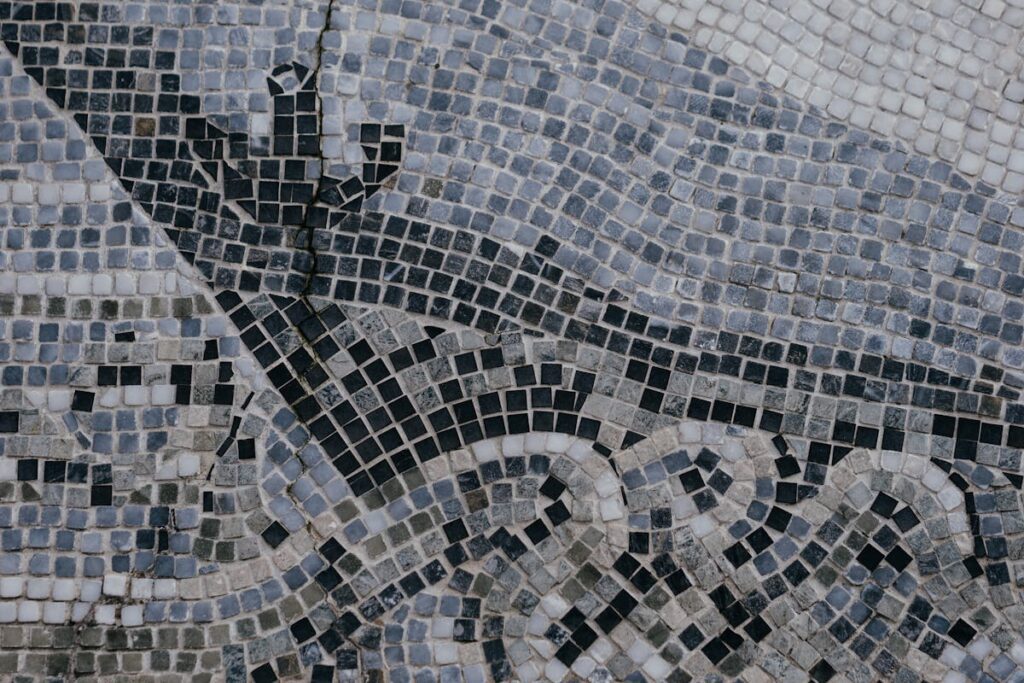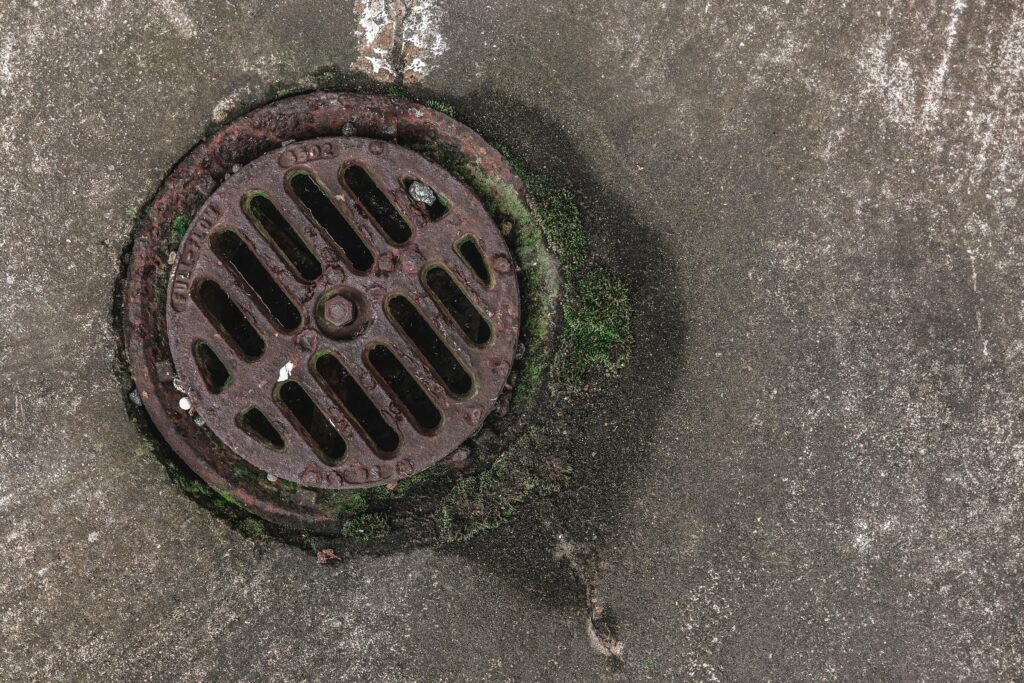Tackle Yard Drainage Before Winter: Why It’s Crucial
With the first snowfall in our rearview mirror, you might think that the chance to fix the drainage problems in your yard is gone as well. However, waiting until spring to address these problems could cause costly damage to your yard and the foundation of your home. You may end up with a flooded yard problem where you might need a company specialized in Naperville flooded yard solutions. Even with colder temperatures creeping in, it is much better to fix it now than to take your chances with old man winter.
Taking proactive steps to prevent damage to your home’s foundation from a build-up of water due to excessive rain and the additional snowmelt we get in winter makes sense. If your yard doesn’t drain naturally away from your home, you may notice standing pools in the yard after a storm. The build-up of water looks harmless enough, but it can cause several issues, including damaging your home’s foundation.
Your home’s foundation may appear solid, but concrete is very porous. Water can easily seep into the small air pockets. When snowstorms in the winter months bringing frigid temperatures, the water freezes and expands, putting pressure on the concrete and causing cracks to begin forming. As the water repeatedly thaws and freezes throughout the winter months, the risk of damage to your home increases.
When the foundation of your home begins to crack, it can lead to everything from issues with the frame of your home to problems with windows and doors, to the obvious basement leaks, and even to issues with your roof. Foundation and structural home repairs are often expensive due to the amount of time and labor involved in the repairs. Catching problems before they get too large is key, and prevention is even better.
How can you best spot the warning signs that water may be building up? What exactly do you want to keep an eye out for?
The Best Method is to “Look, Listen and Feel”
What to Look for:
The ideal time to fix yard drainage problems is before they have a chance to cause damage. Look around your yard after a heavy rainstorm or watch it as the snow melts. Are the pools of water collecting along the foundation of the house? Do you suddenly have a natural birdbath in the middle of your lawn? The water that falls on your property should run away from the house. If it doesn’t, you could end up with ice forming causing damage to your property and creating a dangerously slippery situation. To avoid all of these, you need a good drainage system in your yard.
Inside the house, look for small signs of damage, such as the beginning of cracks in the walls of your basement and/or in your foundation if the basement is unfinished. Also, keep an eye out for water and for small leaks of water in your basement. If this event happens you might need a team for flooded basement repair in Naperville. If you can see the water from the outside coming into your basement, that’s cause for immediate concern and should be addressed quickly.
What to Listen for:
You can also listen for creaks in your floors or windows that groan as they fight you. Water causes things to warp, especially in floors and frames. This warping can cause a change in the way the house fits together, introducing new creaking. A noisy house may also be an indication that the foundation has shifted. Fixing foundation problems when you first notice them is less expensive and easier than procrastinating the repairs.
What to Feel for:
Even if you can’t see and hear the water damage in your home, you can often feel and smell it in the air of your home. If you notice the air in your home is smelling mustier, or you feel new drafts in your home, these can both be signs that water can and is getting into your home, even if you still can’t see it.
What does prevention look like?
The best way to avoid winter damage to your home will always be to prevent it in the first place. Preventing damage starts with designing the drainage of your yard so that it effectively channels water away from your home. Prevention includes being intentional with your water drainage solutions.
- Surface Water Drainage Solutions:
Some of the prevention solutions you might consider are dry wells and catch basins. These both allow you to redistribute small pools of water to surrounding areas in your yard. If your water problem is more significant, a hardscaping or a dry streambed may be the best solution. Rock and concrete structures can take the pooled water and send it in the opposite direction of your foundation.
- Sub-surface Drainage Solutions:
Another potential prevention solution may be adding drainage below the surface of your yard. French drains are a popular solution to direct water downhill. These sloped trenches filled with gravel allow the water to run downhill beneath the yard. In extreme situations, underground piping may be necessary to address your water problems. While adding drainage options below does require more effort in installation, depending on your yard, it may actually be a more effective solution than surface water solutions.
- Plants, Plants, Plants:
Many people don’t realize that grass and plants can be a huge preventative measure in stopping water build-up and improper drainage. The fall and winter months of September, October, November, and December are fantastic times to re-sod your home’s yard. Because of the cooler temperatures, you don’t have to worry as much about watering the sod to prevent it from drying out or being scorched by the sun. Whether it’s examining your grass lawn, adding in specific water retaining plants such as plants from the wetlands, or deliberately placing trees in specific areas of your yard, we are here to help. Grass, plants, and trees can be a beautiful way to address and prevent any potential issues.
Take the time to look, listen and feel your home to keep an eye on any potential issues, and take steps to be proactive to avoid the hassle of needing to repair damage to the foundation of your home.









